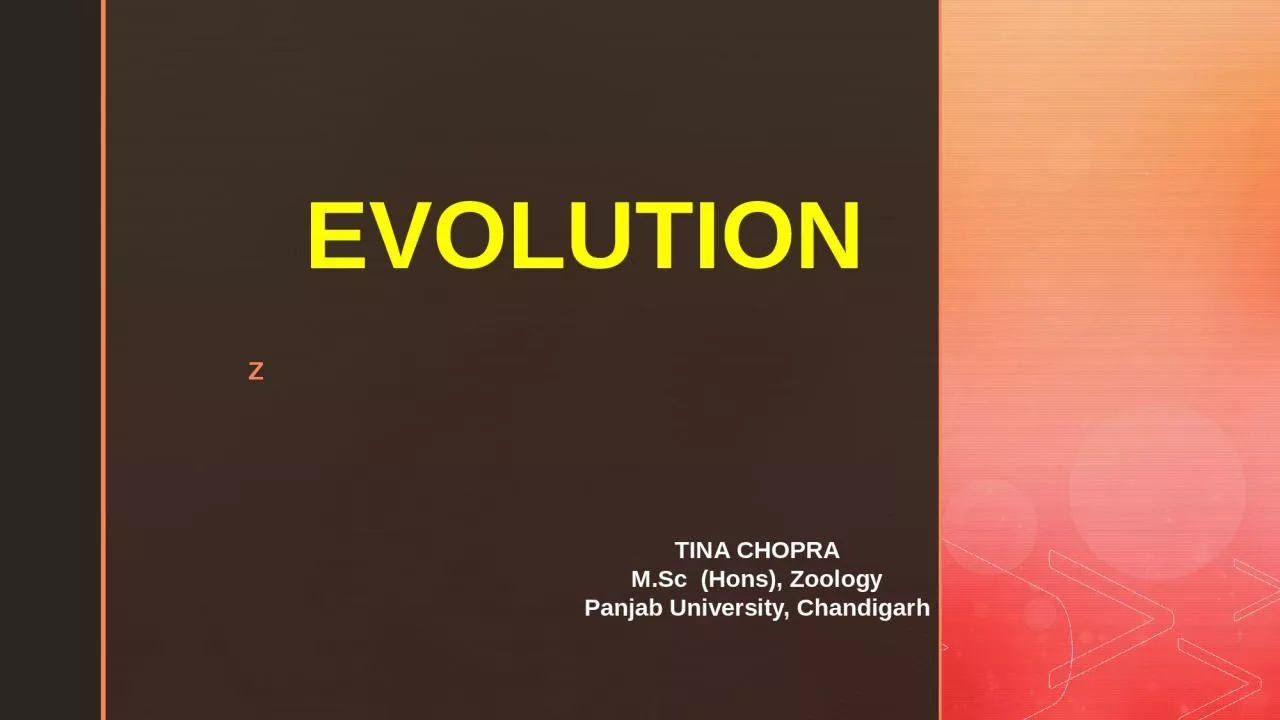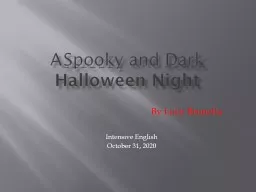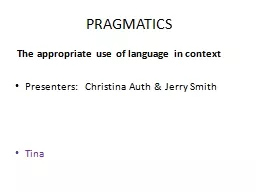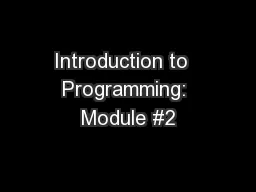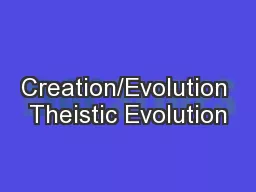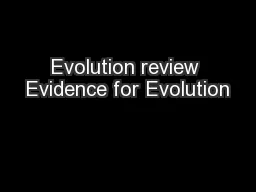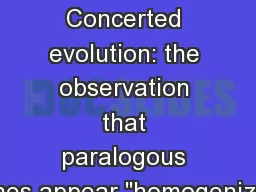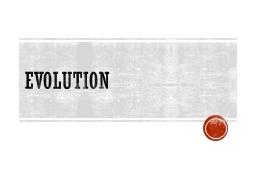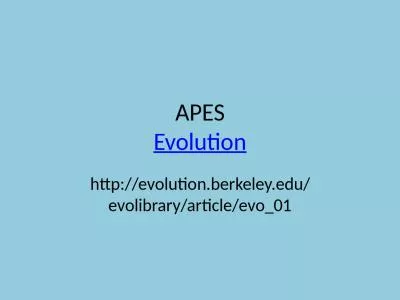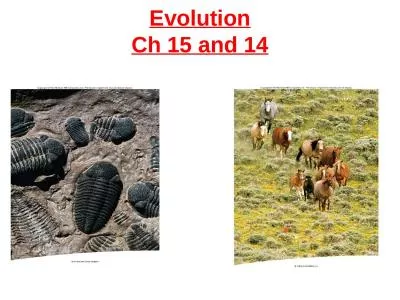PPT-EVOLUTION TINA CHOPRA M.Sc
Author : FuzzyWuzzyBear | Published Date : 2022-07-27
Hons Zoology Panjab University Chandigarh ORIGIN OF UNIVERSE BIG BANG THEORY Thermonuclear explosion Origin of universe occurred 20 bya ORIGIN OF EARTH NEBULAR
Presentation Embed Code
Download Presentation
Download Presentation The PPT/PDF document "EVOLUTION TINA CHOPRA M.Sc" is the property of its rightful owner. Permission is granted to download and print the materials on this website for personal, non-commercial use only, and to display it on your personal computer provided you do not modify the materials and that you retain all copyright notices contained in the materials. By downloading content from our website, you accept the terms of this agreement.
EVOLUTION TINA CHOPRA M.Sc: Transcript
Download Rules Of Document
"EVOLUTION TINA CHOPRA M.Sc"The content belongs to its owner. You may download and print it for personal use, without modification, and keep all copyright notices. By downloading, you agree to these terms.
Related Documents

